A non spiritual Japanese garden
inkognito
16 years ago
Related Stories
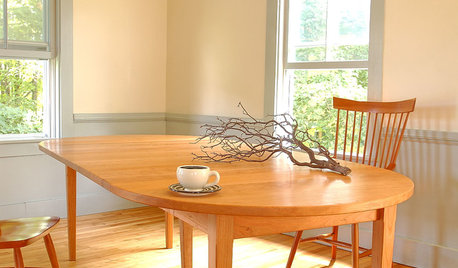
DECORATING GUIDESStrange but True Parallels Between Early Western and Old Japanese Style
Part 1 of our 'wabi-sabi' series: in which Shaker and Arts and Crafts designs reveal simplicity, modesty and integrity
Full Story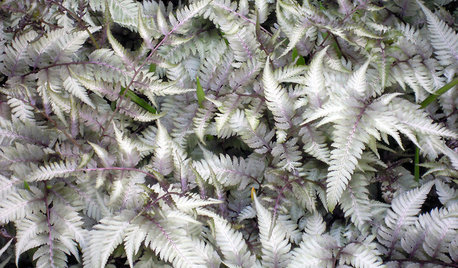
GARDENING GUIDESGreat Design Plant: Japanese Painted Fern Weaves a Garden Tapestry
Bring striking colors and texture to your woodland garden with Athyrium niponicum var. pictum
Full Story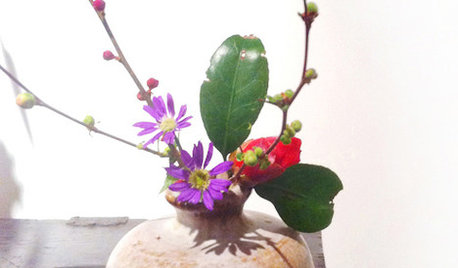
DECORATING GUIDESEvoke a Japanese Tearoom's Beauty With a 'Chabana' Flower Arrangement
Set the stage for serenity in any room with floral and decorating ideas borrowed from an ancient Japanese tradition
Full Story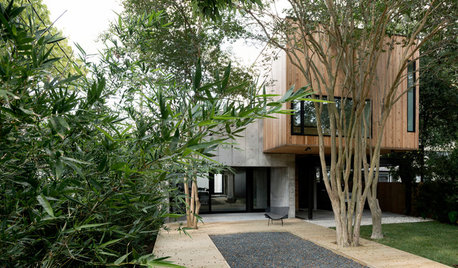
MODERN ARCHITECTUREHouzz Tour: A Concrete Box Home With Japanese Style
A love of Japan’s minimalistic style and the use of concrete make for a mystical experience in this Houston home
Full Story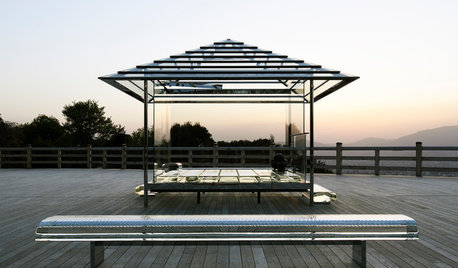
WORLD OF DESIGNWorld of Design: The Enduring Magic of the Japanese Teahouse
The tradition began with Rikyū 500 years ago. See how his innovative spirit lives on in the teahouses of today
Full Story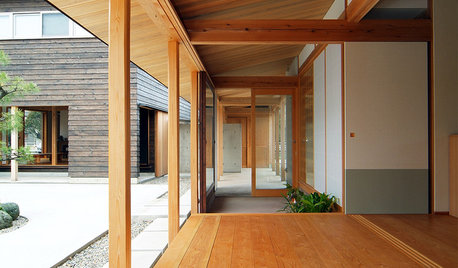
HOMES AROUND THE WORLDEast Meets West in 3 Modern Japanese Homes
Contemporary Japanese houses often mix traditional and Western elements. These hybrids offer the best of both worlds
Full Story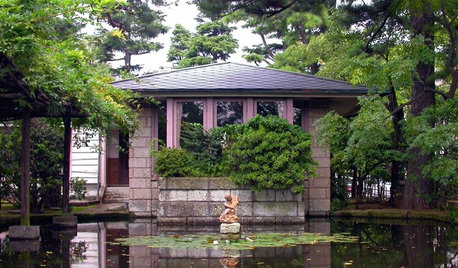
HOMES AROUND THE WORLDHow Frank Lloyd Wright Influenced Japanese Architecture
During his time in Japan, the pioneering U.S. architect inspired other designers there, who integrated his philosophy into their work
Full Story
KITCHEN OF THE WEEKKitchen of the Week: A Modern Kitchen With Japanese Style
A chopped-up space becomes a social cook’s dream kitchen
Full Story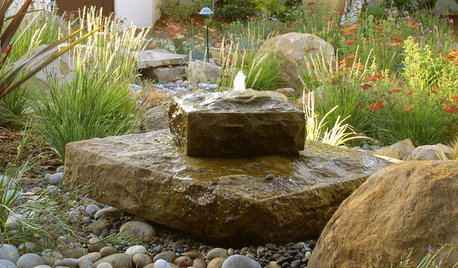
LANDSCAPE DESIGNEnjoy the Simple Beauty of a Backyard Rock Garden
This collection of Japanese-inspired rock gardens is bound to lift your spirits
Full Story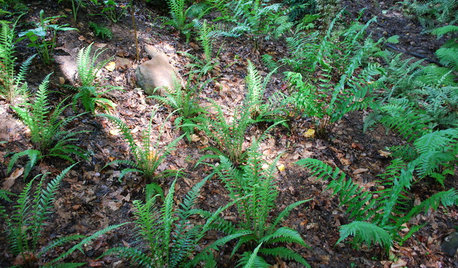
GARDENING GUIDESGreat Design Plant: Phegopteris Decursive-Pinnata
Consider Japanese beech fern for a spreading but noninvasive ground cover for shade
Full Story





yojimbo
deebs43
Related Professionals
North New Hyde Park Landscape Architects & Landscape Designers · Piqua Landscape Architects & Landscape Designers · Sand Springs Landscape Architects & Landscape Designers · Winder Landscape Architects & Landscape Designers · Clermont Landscape Contractors · Bristol Landscape Contractors · Danvers Landscape Contractors · Deerfield Beach Landscape Contractors · Framingham Landscape Contractors · Manhattan Landscape Contractors · Newnan Landscape Contractors · Whittier Landscape Contractors · Wilton Landscape Contractors · Portage Decks, Patios & Outdoor Enclosures · Saint Louis Park Decks, Patios & Outdoor Enclosuresadoptedbygreyhounds
inkognitoOriginal Author
fuzei
inkognitoOriginal Author
yojimbo
zone_8grandma
inkognitoOriginal Author
laag
yojimbo
laag
yojimbo
laag
yojimbo
inkognitoOriginal Author
laag
yojimbo
inkognitoOriginal Author
laag
inkognitoOriginal Author
laag
inkognitoOriginal Author
adoptedbygreyhounds
laag
yojimbo
laag
yojimbo
inkognitoOriginal Author
nandina
yojimbo
inkognitoOriginal Author
yojimbo
inkognitoOriginal Author
yojimbo
laag
inkognitoOriginal Author
yojimbo
nandina
laag
laag
inkognitoOriginal Author
laag
yojimbo
laag
yojimbo
laag
bahia
nandina
nandina